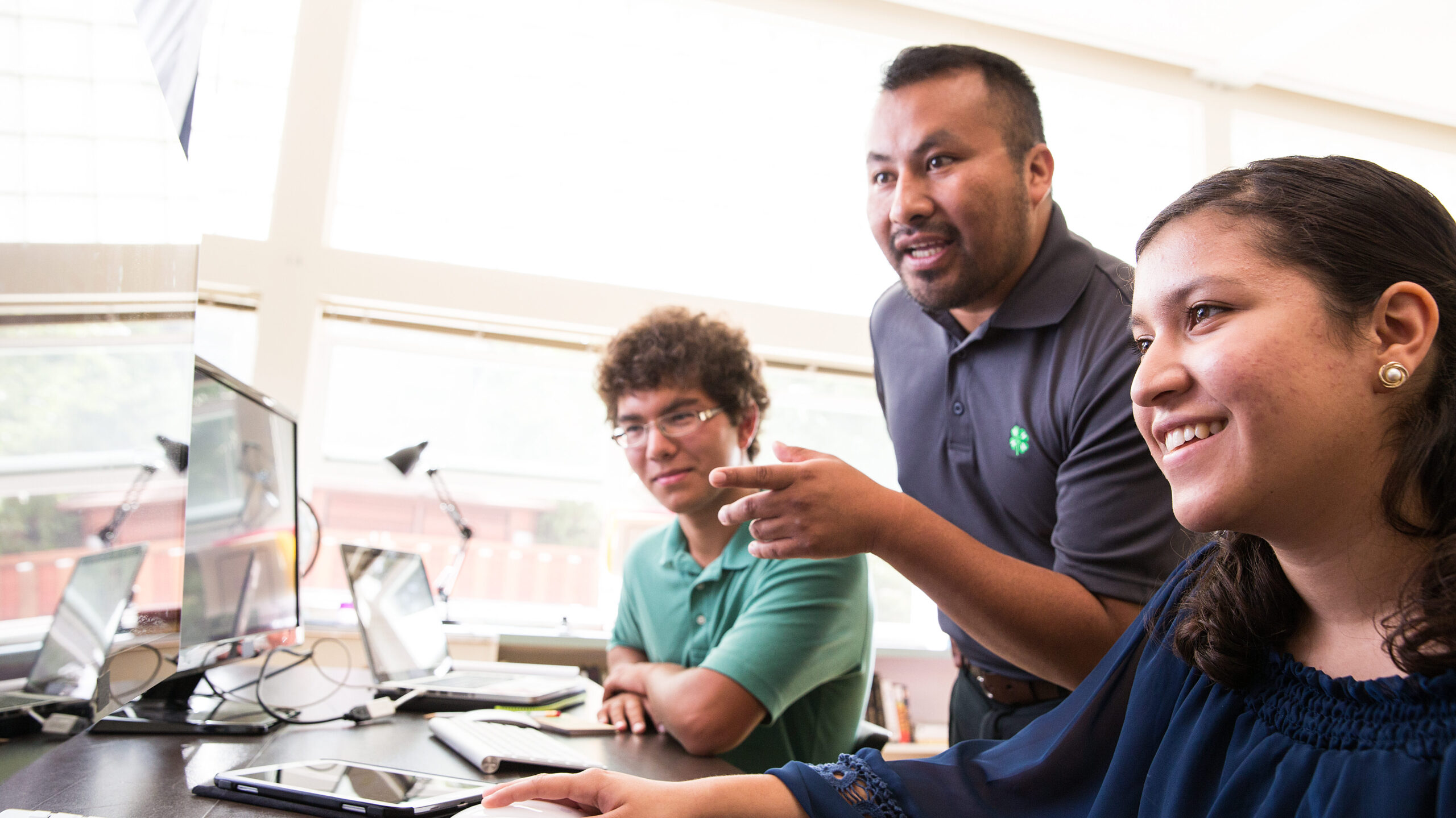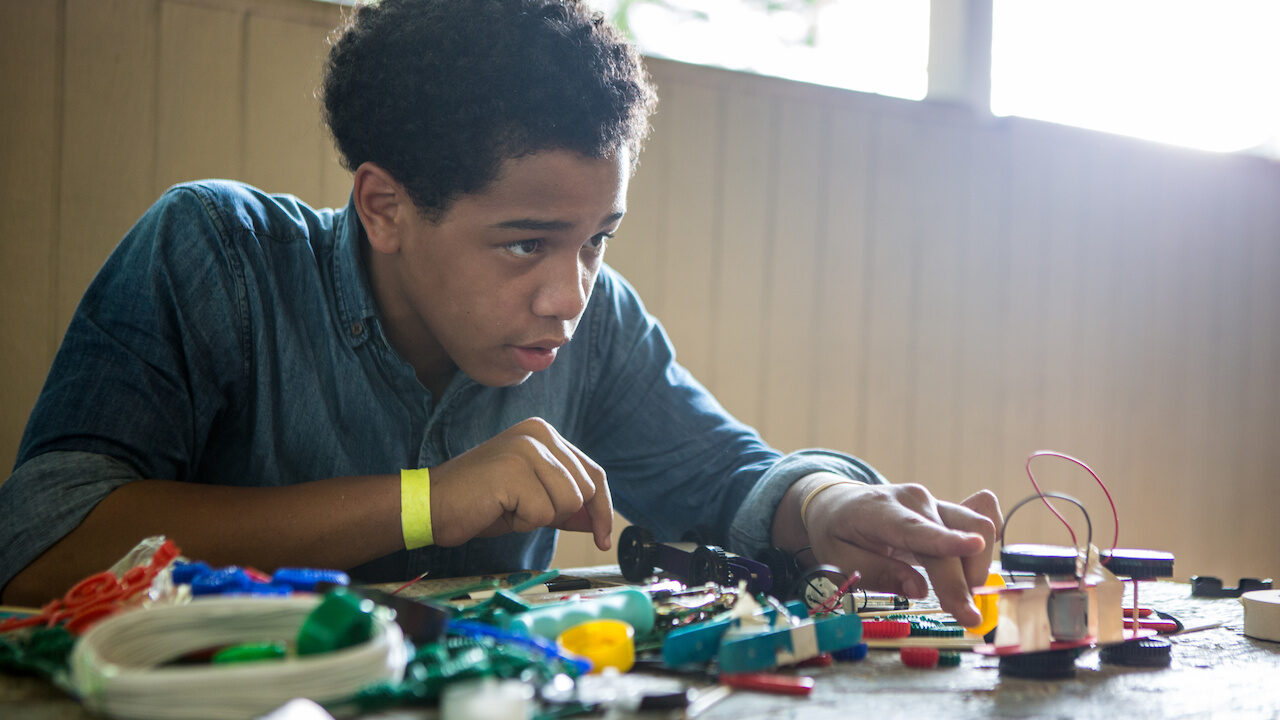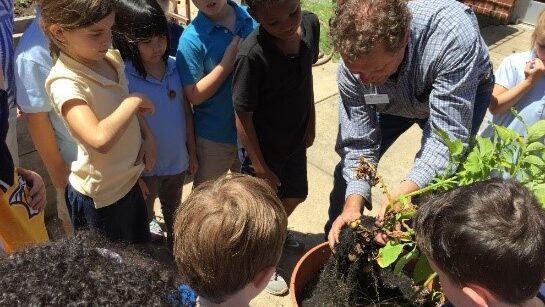Using the 4-H Essential Elements in youth activities is key to positive youth development. These elements strengthen relationships between youth and adults, build real-world skills, and create safe, inclusive environments where young people can grow and thrive. When youth feel supported and valued, they are more likely to develop confidence, engage in their communities, and make meaningful contributions to society.
Eight essential elements have been identified as critical to youth well-being and development. Together, they create the foundation for effective youth programs and help young people become competent, caring, and contributing citizens.



Belonging
1. Positive relationship with a caring adult
2. An inclusive environment
3. A safe environment
Mastery
4. Engagement in learning
5. Opportunity for mastery
Independence
6. Opportunity to see oneself as an activity participant in the future
7. Opportunity for self-determination
Generosity
8. Opportunity to value and practice service to others
Each individual element is important. However, it is the combination of these elements that creates an environment that promotes positive youth development. It is important to be aware of these elements when designing activities because they help professionals and volunteers ensure that experiences, programs, and activities intentionally offer opportunities for hands-on, experiential learning in environments where youth feel safe, can master new skills and abilities, and develop the confidence they need to contribute to their local communities in a positive way.
Adapted from 4-H Essential Elements of 4-H Youth Development, Cathann Kress (2004).
